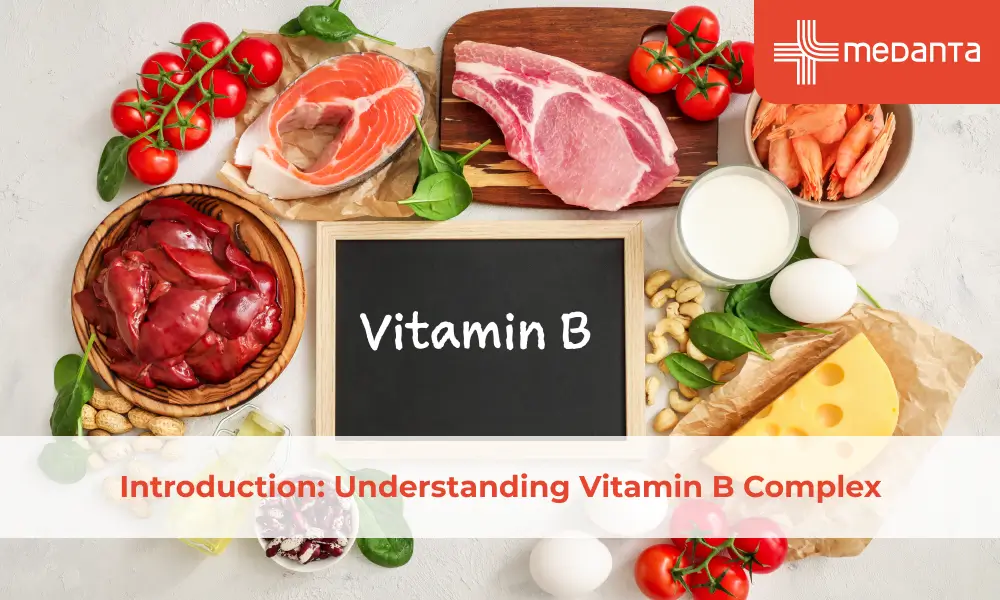How Do Integrative Therapies Work in Pediatric Bone Marrow Transplant Patients?

A bone marrow transplant (BMT) could be a cure for a child battling with something like leukaemia. But the stem cell transplant journey itself is very lengthy and challenging, with scars (physical/emotional) of its own. That is where integrative therapies devise a course of action that complements traditional medical care. It leads to an overall holistic sense of healing for the young patient. In this blog, we’ll discuss the role of integrative therapy in paediatric bone marrow transplants.
What Is Pediatric Bone Marrow Transplant?
Pediatric Bone Marrow Transplant (BMT) uses healthy stem cells to replace bone marrow that does not work or has been destroyed by very high doses of chemotherapy and/or radiation. Allogeneic transplant uses stem cells from a donor, which could be another child with the same disease. This process is intense, requiring pre-conditioning chemotherapy to eliminate the native bone marrow, followed by a stem cell transplant and an additional period of post-transplant immunosuppression necessary for alloengraftment.
The Emotional Toll of BMT
The promise of BMT is huge, but the path to restoration is hard. Physical side effects (fatigue, nausea, pain), and isolation related to immunity are some of the combined psychological issues experienced by children undergoing BMT. The psychological impact is similar as it often means having to deal with anxiety, fear, and frustration regularly taking hold of them.
What Are the Challenges of Pediatric BMT?
A bone marrow transplant is a life-saving procedure where a patient receives healthy stem cells to replace diseased or damaged ones. For children with conditions like leukaemia, aplastic anaemia, or certain genetic disorders, a BMT offers a chance at a healthy future. However, the journey is fraught with challenges.
- Rigorous Treatment: The BMT process involves intensive chemotherapy and immunosuppressive medications, leaving the child vulnerable to infections and side effects.
- Emotional Toll: The long hospital stays, invasive procedures, and uncertainty surrounding the outcome can take a significant emotional toll on both the child and their family.
- Disruption of Normalcy: The BMT journey disrupts a child's normal life, impacting school, social interaction, and play, leading to feelings of isolation and anxiety.
What is the Role of Integrative Therapies?
Integrative therapies, when used alongside traditional medical care, can address these challenges by:
- Managing Side Effects: Certain therapies like massage therapy and acupuncture can help manage pain, nausea, and fatigue, common side effects of BMT.
- Reducing Anxiety and Stress: Mind-body practices like meditation, yoga, and music therapy can promote relaxation and emotional well-being, aiding in coping with the stress of the procedure.
- Boosting Immune Function: Therapies like acupressure and certain dietary modifications may help support the immune system, potentially reducing the risk of infections.
- Improving Quality of Life: Art therapy, play therapy, and other creative modalities can provide a sense of control and expression for the child, enhancing their quality of life during hospitalisation.
Here are some of the most commonly used integrative therapies:
- Mind-Body Therapies: Meditation, yoga, and mindfulness techniques can help children manage stress, anxiety, and pain. These practices encourage relaxation, promote deep breathing, and improve focus, leading to a sense of calm and well-being.
- Expressive Therapies: Art therapy, music therapy, and play therapy allow children to express themselves creatively. Art therapy can be a way to process emotions, fears, and anxieties that might be difficult to verbalise. Music therapy can provide comfort, reduce stress, and even aid in pain management. Play therapy creates a safe space for children to explore their experiences and emotions through play.
- Body-Based Therapies: Massage therapy can help reduce pain, muscle tension, and anxiety, while promoting relaxation and sleep. Acupuncture, a traditional Chinese medicine practice involving the insertion of thin needles at specific points on the body, may help manage pain, nausea, and fatigue.
- Nutritional Support: A registered dietitian can create a personalised dietary plan that optimises the child's nutrition during treatment. This can involve incorporating foods rich in essential vitamins and minerals to support immune function and overall health.
Benefits for the Whole Family
It's important to remember that a BMT is a journey for the entire family. Integrative therapies can benefit not only the child but also the parents and caregivers. Techniques like mindfulness meditation can equip parents with tools to manage their own stress and anxiety, allowing them to provide better support for their child. Family-centred therapies, like art therapy sessions involving both the child and their family, can foster communication and strengthen family bonds during this challenging time.
What Is The Science Behind Integrative Therapies?
While the exact mechanisms of how integrative therapies work are still under research, evidence suggests they can significantly benefit children undergoing BMT. Studies have shown that these therapies can:
- Reduce anxiety and depression
- Improve pain management
- Enhance sleep quality
- Boost immune function
- Improve quality of life
How to Implement Integrative Therapies into the BMT Journey?
The successful implementation of integrative therapies relies on a collaborative approach between medical professionals and therapists. Here are some crucial aspects to consider:
- Early Integration: Ideally, integrative therapies should be introduced early in the BMT process, allowing children to build coping skills and resilience.
- Individualised Approach: Each child's needs are unique, so the choice of therapies must be tailored to their preferences, age, and medical condition.
- Qualified Practitioners: Therapists working with paediatric BMT patients should have specialised training and experience in this specific area.
- Open Communication: Clear communication between the medical team, therapists, and parents is essential to ensure a cohesive approach to care.
Final Thoughts
Paediatric Bone Marrow Transplant is a transformative journey, demanding immense strength and resilience from both the child and their family. Integrative therapies, when embraced as part of the healing process, can make a profound difference.
By addressing the emotional and physical needs of the child alongside traditional medical care, these therapies contribute to a more holistic and compassionate approach to healing.






